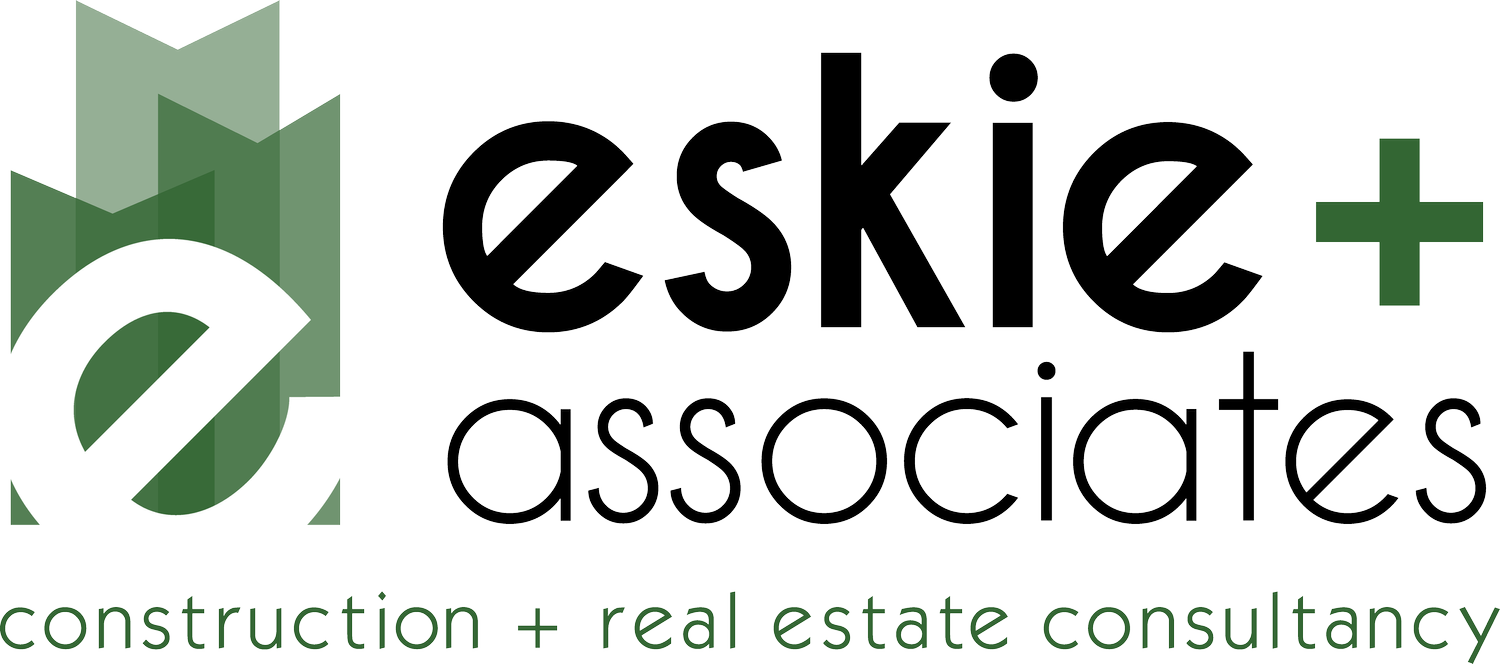Phase 2: Navigating Due Diligence
Congratulations! You have validated your project concept plan to a point where you are ready to start assembling more concrete data to verify it can happen.
During the Due Diligence phase, you will likely begin signing contracts with key professionals and committing more funds. This phase of project development will also begin to involve more technical information across more project partners.
With this outline, we identify the key steps you need to take and additional partners to engage before advancing to the Design Phase.
1. Scheduling
You may think of scheduling as a step to be looked at later in a project related to construction activities. However, developing a schedule early in due diligence will guide you to stay attentive towards all development tasks. If you have a target completion date for your project, everything you do from this point on will impact that date.
You’ll need to research and schedule accurate timelines for all pre-construction activities, which may include:
Planning
Zoning
Platting
Design
Permitting
Budgeting
Board/Internal company approvals
It’s important to pay attention to submittal time frames for municipal approvals. If you miss even one, it can delay your project by a month or more.
2. Preliminary Engineering / Design
Projects of any size or type will require some design and engineering input to further develop project budgets. This is particularly important when defining site work requirements for new construction. You will require this expertise to identify major infrastructure costs for potential sites being considered. You will also need engineers and architects to begin schematic plans for initial city submittals. It is important to understand the right amount of professional design input in this stage to cover your risks but not overspend prior to gaining approvals to advance your project.
3. Entitlements
Entitlements come into play with new construction or existing building type conversions. This is likely the most time consuming and complicated part of these types of projects due to the number of partners involved.
These tasks require collaboration and communication between:
Owner
Government entities: City (fire, engineering, planners, admin), State, Federal
Utility Companies
Lawyers
Architects
Engineers
Your team will need to research the required steps to gain necessary approvals and ensure everyone is working on the same track by sharing information to streamline the process.
4. Proforma
Budgets are the major defining factor in most projects. Here we take the budget a step further to form a project proforma. The proforma considers all business inputs (i.e. financing costs and rent) to determine the financial feasibility of the project. Proforma development may require input from your financing and legal teams.
Some questions to consider:
Do you need to chase incentives?
Can you modify rent structure to make cash flow work?
What are your financial risks?
5. Contract Negotiations
Contract Negotiation may occur at many stages of the development process. You are likely to begin executing contracts as you gain entitlement approvals and proforma validation prior to advancing to the design phase. Contract negotiation with vendors such as architects, contractors, or engineers are traditionally handled by your legal counsel. It is important to pay attention to the fine print included in the scopes of work to ensure it aligns with your expectations. Consultants often specify limits to their scope; you need to thoroughly review to verify there are no overlaps or gaps. This will help you identify any additional services you need to include in your budget to complete the project.
You're almost there!
During Due Diligence, make sure you have validated your proforma, reviewed the technical details to obtain required entitlements, have a detailed development schedule, and contracts that limit your risk.
Next, it is time to let the creativity flow in the Design phase!

